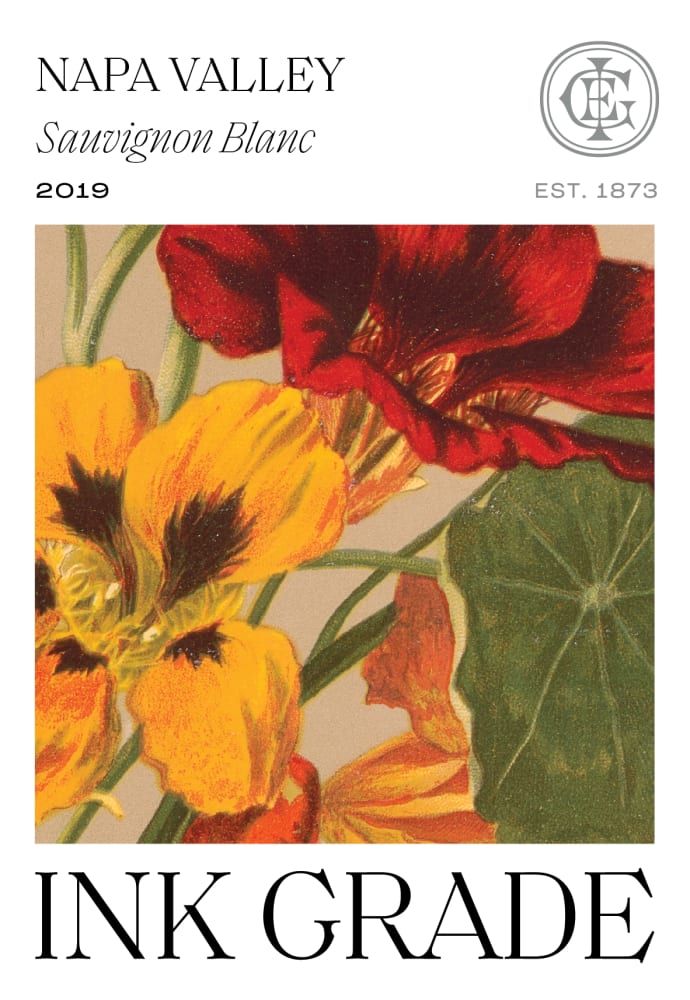Saignée is a French winemaking term that translates to “bleeding” and refers to a technique used in the production of rosé wines. This process involves removing a portion of juice from a vat of red grapes early in the fermentation process, resulting both a more concentrated red wine and a lighter-colored rosé.
Saignée is a technique used in the production of rosé wines, which are typically lighter in color and more delicate in flavor than red wines. To produce a rosé using the saignee method, red grapes are harvested and crushed in the same way as they would be for a red wine. However, rather than fermenting the juice on its skins for an extended period of time to extract the full color and tannins of the grapes, a portion of the juice is removed from the vat after only a few hours of skin contact.
The removed juice is then fermented separately to produce a rosé wine, while the remaining juice is left to continue fermenting on its skins to produce a more concentrated red wine. The amount of juice removed from the vat will determine the intensity of the resulting red wine and the color of the rosé.
The saignée method is preferred by some winemakers as it allows them to produce both a red and rosé wine from the same batch of grapes. This can be a cost-effective way to produce multiple styles of wine without having to harvest and crush additional grapes.
In addition to its practical applications, saignée can also have a significant impact on the flavor and aroma of the finished wine. The early removal of juice can result in a more concentrated red wine, as the remaining juice has a higher proportion of skins to liquid. This can result in a wine with deeper color, more pronounced tannins, and a fuller body.
The rosé produced using the saignée method can also have a unique flavor profile, as it is made from juice that has had only a limited amount of skin contact. This can result in a lighter, more delicate wine with notes of fresh fruit and floral aromas.
However, it is worth noting that saignée is not without its critics. Some argue that the technique can result in a wine that lacks balance and structure, as the early removal of juice can lead to an uneven extraction of tannins and other compounds from the grapes. Additionally, some argue that the saignée method is not the ideal way to produce high-quality rosé wines, and that grapes specifically intended for rosé production should be harvested and handled differently.
Despite these criticisms, saignée remains a popular technique in the production of rosé wines, and is often used by winemakers around the world. Whether you are a wine enthusiast or a winemaker, understanding the significance and impact of saignée in winemaking can deepen your appreciation of this versatile and beloved beverage.
Wine is sunlight, held together by water.”- Galileo Galilei


